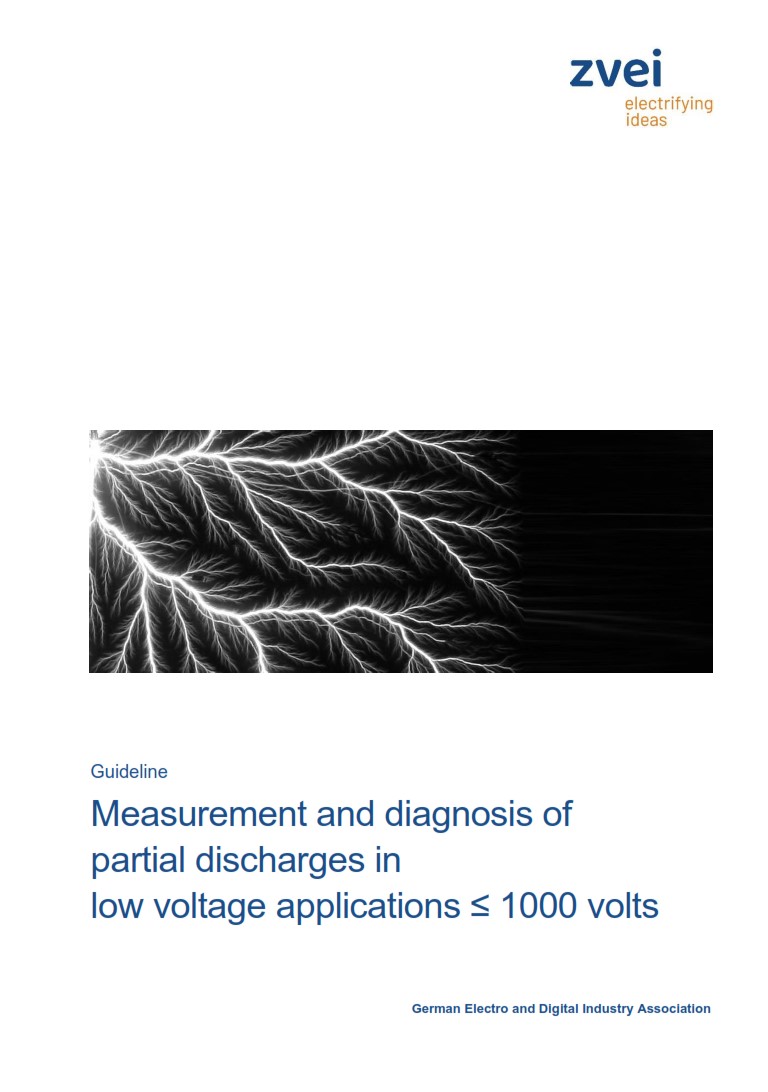Publications
Publications
10.05.2024
Measurement and diagnosis of partial discharges in low voltage applications ≤ 1000 volts (Guideline)

Partial discharge measurement
Partial discharges also occur in low-voltage applications due to the ever-increasing switching frequencies and the associated ever-increasing dU/dt. Partial discharges damage the insulation and cause it to age.
>> Avoiding PD requires knowledge of it -> partial discharge measurements are becoming increasingly important!<<
Without measuring the partial discharge strength, there is no knowledge of the ageing behaviour, the quality of the manufacturing process and even whether the product design is suitable at all or needs to be improved.
From the beginning:
The development of power semiconductors with low power losses at ever higher voltages and high switching frequencies has enabled more compact designs of switch-mode power supplies and power supplies for electric motors.
Their use in switch-mode power supplies and frequency converters (for controlling the speed of electric drives) enables the production of highly efficient electric motors that meet today's energy efficiency requirements.
However, this also means that the insulation systems are subject to increasing stress in terms of their electrical, thermal, chemical and mechanical properties.
This is because the square-wave operating voltage with high switching frequencies generates high peak levels and steep voltage gradients (dU/dt), which place a particular heavy strain on the insulation system. This electrical stress can lead to the occurrence of partial discharges (which previously only caused problems in the high and medium voltage range). The result is an undesirably rapid ageing of the insulating materials.
The solution is to build insulation systems that are free of partial discharges, or at least have a low partial discharge rate.
Areas affected include all sectors of the electrical industry, such as household appliances, industrial motors, railways, electric vehicles, solar technology and wind energy.
Summary: Partial discharge measurement plays a crucial role in assessing the integrity of insulation and ensuring the reliable performance of electrical systems.
